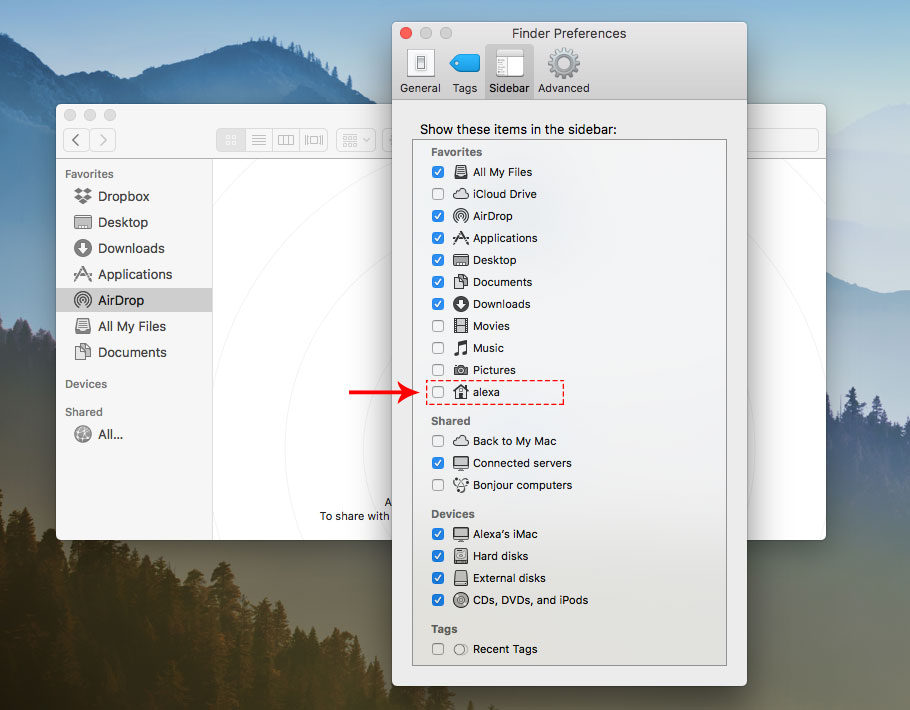
To FILE IS /Users/thuy/Applications/mplus6.11/Examples/usersguide/ex3.2.dat

Note that it is also possible to open ex3.2.inp in TextEdit fromĬhange the FILE option from FILE IS ex3.2.dat But this time, do not copy the data file ex3.2.datįor this example. Go into Finder and copy the example ex3.2.inp from the Applications/mplus6.11/Examples/usersguideįolder into the MplusAnalyses folder. It is not necessary to have the data file be in the same folder as the In the previous example, we copied both the input file ex3.1.inp and data file ex3.1.dat In Finder, you can find the Mplus output file ex3.1.out in the folder MplusAnalyses. Sure you have copied this file from the Applications/mplus6.11/Examples/usersguide folder. If you get the message 'ex3.1.inp: No such file or directory', then go back into Finder and make The pwd command to verify the current location.īefore running Mplus, verify that you have copied the file ex3.1.inp into this directory. When you have changed the current directory in the Terminal window to MplusAnalyses, use Key and the rest of the folder name will be filled in automatically. For example, in the command above, we can type cd MplusA followed by the TAB When typing a filename, you can type the first fewĬharacters that are unique to that filename and then use the TAB key to have the shell complete If the folder name is Mplus Analyses, then we can type one of the following:īash$ cd Mplus\ Analyses Tip: Most Unix shells including the one in the Terminal window have supportįor tab completion of file and folder names. When a file or folder contains spaces, either put theĮntire file/folder name in quotes or preceed each space character with the character \. MplusAnalyses is different from mplusanalyses.
CREATE FILE ON MAC COMMAND LINE MAC OS X
Change theĬurrent directory to the MplusAnalyses directory.īash$ cd MplusAnalyses Note: File and folder names on the Mac OS X are case-sensitive. You can change the current directory in the shell window by using the cd command. By default, the Terminal shell will start in the home folder. Mplus example ex3.1.inp in the Applications/mplus6.11/Examples/usersguide folder into this folder.īe sure to also copy the data file ex3.1.dat. To start, go into Finder and create a new folder called 'MplusAnalyses'. It is not necessary to run Mplus in the Terminal window only in the home directory. To open the file in TextEdit from theĬommand prompt, type the following command You can locate this file in Finder and view it in TextEdit. As indicated, the output is stored in the file 'mcex3.1.out'. You should see the following screen output: The file with the ls command in the Terminal window, then type Once you have successfully copied the mcex3.1.inp file into the home directory and is able to see To check the current directory in the Terminal window, type the command If you get the message 'mcex3.1.inp: No such file or directory', then either you are not in the homeĭirectory in the Terminal window or you have not pasted the mcex3.1.inp into the home folder in Finder. The ls command lists the contents of the current folder. Go into the montecarlo folder in the Examples folder and copy the file First, use Finder to go into the directory (or folder) where Mplus was installed.īy default this is the Applications/mplus6.11 folder in the home folder. Now that you have verified that Mplus runs in the Terminal window, let's start by running one of Do notĬontinue with the tutorial until you are able to get the Mplus version and program information Please see the information on Environment Variables. If you get the message 'mplus: command not found', then the PATH environment variable was not set The output from the mand should produce Mplus version and program information. At the prompt, type Note: bash$ will denote the command prompt in the Terminal window. These folders are often referred to as directories.Īfter opening a Terminal window, start by verifying that the Mplus directory is correctly set on the A folder is a type of file listed in Finder. Note: The term folder and directory will be used interchangeably throughout this For example, /Users/thuy is my home folder. The home folder is /Users/loginname where loginname is your Is located in the /Applications/Utilities folder. The command prompt in Mac OS X is accessed through the Terminal application. Mplus input and output files can be created and viewed using the TextEdit

The command prompt in Mac OS X is accessed through
CREATE FILE ON MAC COMMAND LINE FOR MAC OS X
Mplus for Mac OS X runs from the command prompt.


 0 kommentar(er)
0 kommentar(er)
